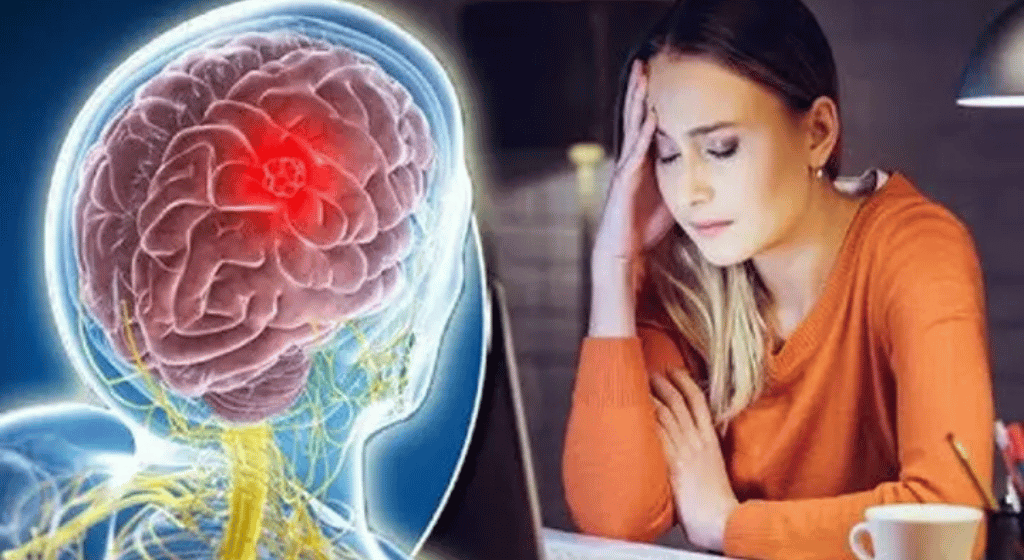Unveiling the Causes: 5 Factors Contributing to Breast Pain
Breast pain, commonly referred to as mastalgia, comprises about half of all reported breast concerns. However, before leaping to alarming conclusions such as breast cancer, it’s essential to consider alternative explanations.
When confronted with sensations of pain, tenderness, or heightened sensitivity in one or both breasts, it’s natural to feel anxious and contemplate serious health issues. Nevertheless, it’s crucial to understand that breast pain alone is typically not indicative of breast cancer; experts assert that alternative factors often underlie such discomfort.
Here are five plausible explanations for experiencing breast pain or increased sensitivity:
- Mastitis:
Mastitis, characterized by inflammation, swelling, and redness of breast tissue, is commonly caused by infections in a woman’s breast ducts, frequently occurring during breastfeeding. Symptoms may include general breast discomfort, fever, chills, fatigue, warm or red breast skin, and nipple discharge or pus. If untreated, mastitis may lead to abscess formation, requiring antibiotics for infection and NSAIDs for pain, swelling, and fever. - Fibroids:
Benign tumors like fibromas can cause breast lumps, distinct from cancerous masses. Typically found in women under 30, these tumors are small, well-defined, and movable beneath the skin. While the exact cause remains unclear, estrogen hormone fluctuations and oral contraceptive use in women under 20 may contribute. Fibroids can grow, especially during pregnancy, and may require surgical removal if larger. - Abscesses:
Breast cysts, often mistaken for lumps, are small fluid-filled sacs in breast tissue, generally harmless. Symptoms may include breast tenderness, nipple discharge, and a soft, easily movable mass with distinct borders. Simple fluid-filled cysts are usually confirmed via ultrasound and seldom require treatment, but severe cases might involve birth control or hormone therapy, with surgery being a rare recommendation. - Menstruation:
Cyclical breast pain, linked to hormonal fluctuations during the menstrual cycle, is a prevalent cause of breast discomfort. Part of premenstrual syndrome (PMS), this pain occurs in both breasts due to estrogen-induced duct enlargement and progesterone-triggered milk gland enlargement. Typically, the pain is most intense before menstruation and tends to diminish post-menopause. - Diet:
Breast pain may be influenced by dietary factors such as high sodium, caffeine, and fat intake. Foods like peanuts, walnuts, almonds, black and green tea, chocolate, processed seasonings, salted fries, popcorn, red meat, and sausages could contribute to discomfort. If adjusting your diet fails to alleviate breast pain, seeking medical examination is advised.
If you are experiencing persistent breast pain despite dietary adjustments, a medical examination is recommended to ensure accurate diagnosis and appropriate management.



